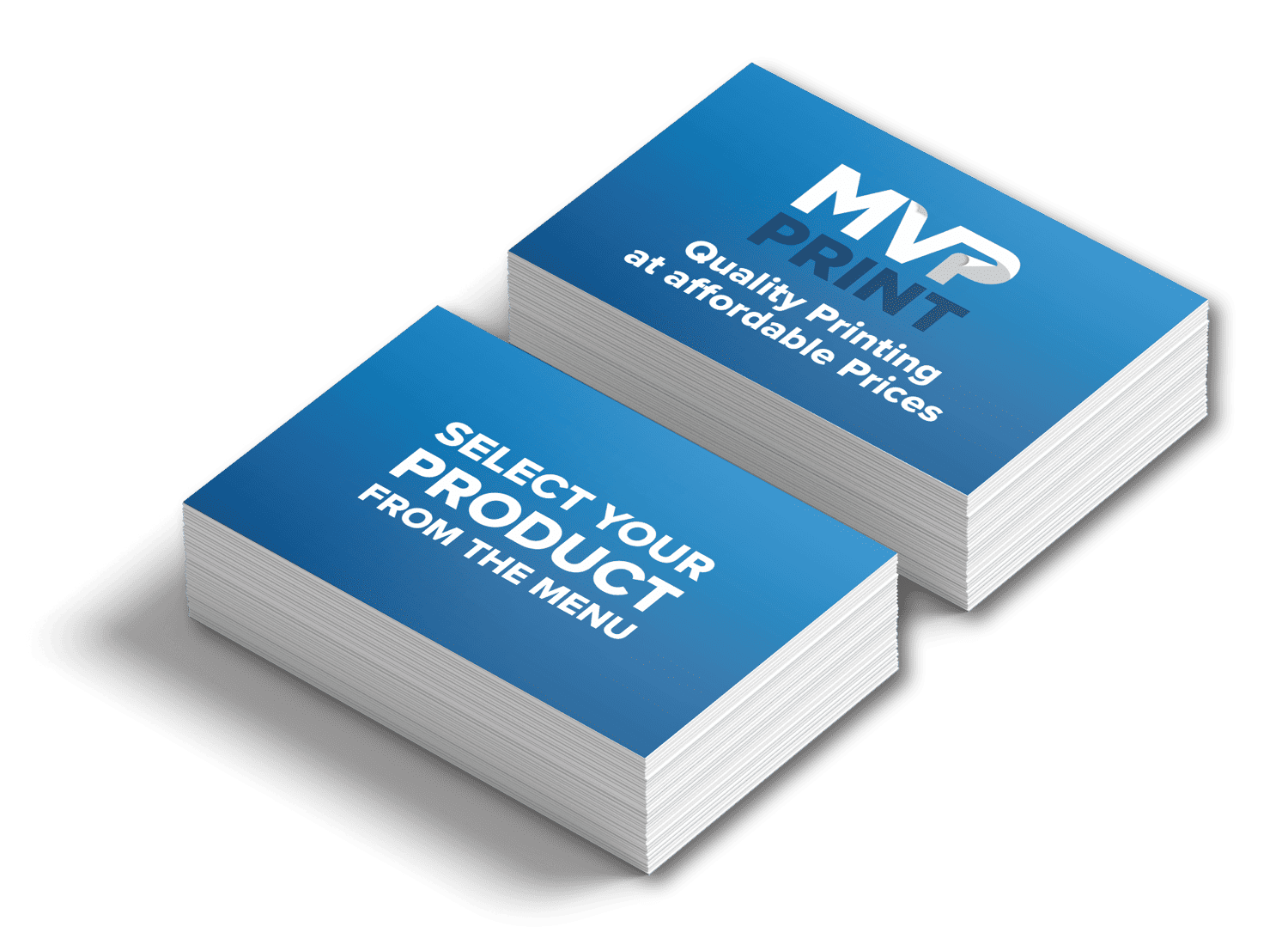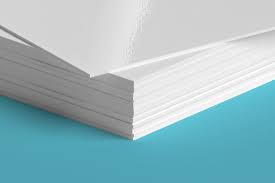
In Australia, the choice of paper for printing significantly impacts the quality of the output. Paper weight, measured in grams per square meter (GSM), is a key factor. Higher GSM values indicate heavier, thicker paper. For tasks like printing documents and letters, 80-100 GSM is the standard. This weight is ideal for letterheads, copy paper, envelopes, and proofing, making it a favourite for both home and office use.
At MVP Print, we know the significance of selecting the correct paper weight for your printing tasks. With numerous paper types available, choosing the right one can be daunting. We aim to guide you through the paper landscape, ensuring you make informed decisions. Whether you’re printing brochures, flyers, or business cards, understanding the appropriate paper weight is essential. This article will cover the various paper weight categories, including thin, medium, and thick, and help you select the right one for your needs.
Understanding What GSM Is Normal Paper and Why It Matters
The term GSM is frequently mentioned in discussions about paper, but what does it signify? GSM, or grams per square meter, quantifies paper’s weight and density. This metric is vital for assessing paper quality and its appropriateness for various printing tasks. A comprehensive gsm paper guide can elucidate the significance of different weights and their applications.
In the realm of paper manufacturing, grams per square meter is employed to quantify paper weight. This is achieved by weighing a square meter of paper, with the outcome expressed in grams. Paper weights span a broad spectrum, ranging from the lightweight 55 gsm to the robust 400 gsm. Common sizes, such as A4, A3, and A2, cater to everyday printing requirements.
The Definition of GSM in Paper Production
GSM is a critical determinant of paper quality. It influences the paper’s durability, texture, and printability. A higher GSM value signifies a more substantial and resilient paper. In contrast, a lower GSM value indicates a thinner, more pliable paper. For instance, 80gsm paper is suitable for standard printing, whereas 300 gsm paper is better for business cards and wedding invitations.
How GSM Affects Paper Quality
The weight of paper, measured in grams per square meter, profoundly impacts its quality. A paper with a higher GSM value is more resistant to tearing and bending, making it ideal for applications requiring durability. In contrast, a paper with a lower GSM value is more flexible, suitable for applications like newspaper production.
Common Paper Ranges in Australia
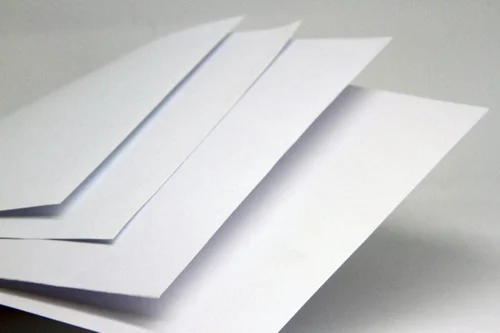
In Australia, prevalent GSM ranges for paper include 70-90 gsm for standard office printer paper, 150-200 gsm for glossy posters and brochures, and 300-350 gsm for business cards and wedding invitations. Familiarity with these GSM ranges aids in selecting the appropriate paper for printing needs. A gsm paper guide offers detailed insights into the various weights and their applications.
Standard GSM Values for Different Paper Types
Choosing the right paper for your printing needs requires understanding paper values. GSM measures paper density, impacting its quality and application suitability. Custom tissue paper, for example, ranges from 18 to 50gsm. This makes it perfect for packaging, offering a light feel and slight transparency.
Household printer paper typically ranges from 80-90 gsm, akin to standard copier paper. Traditional wrapping paper, while varied, is generally lighter than printer paper. Copy paper, used for daily printing, usually has a weight between 80-100 gsm.
Here are some standard GSM values for different paper types:
- Newspaper paper: 35-55 gsm
- Copy paper: 80-90 gsm
- Business cards: 300 gsm or more
- Quality flyers: 100-120 gsm
- Posters and flyers: 120-170 gsm
Knowing these GSM values helps you make better printing choices. It ensures you pick the right paper for your needs, whether personal or professional.
Choosing the Right Paper Weight for Office Printing
In the realm of office printing, the choice of paper weight is paramount for quality documents. Measured in grams per square meter, paper weight determines its thickness and durability. Higher gsm values signify thicker, more durable paper. For routine printing, 80-90gsm copier paper is often the go-to.
Yet, for formal documents like business letters and reports, 100-120gsm is the preferred range. This higher weight offers a more professional appearance and reduces the risk of paper jams. To guide your choice, consider these gsm weights and their applications:
- 80-110gsm: common for general printing, including letterheads
- 120-210gsm: best for brochures and presentations, ideal for double-sided printing
- 250-300+gsm: standard for business cards, suitable for posters and report covers
By aligning your office’s printing needs with the appropriate gsm paper weight, you ensure your documents are both professional and of high quality. A gsm paper guide can be invaluable in navigating the various weights and their uses. Opting for the correct paper weight strikes a balance between quality and cost, enhancing your office’s printing efficiency.
Professional Printing and GSM Requirements
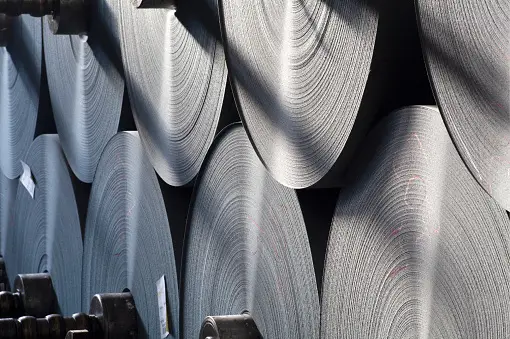
In the realm of professional printing, the quality of printed paper products is paramount. The paper’s weight, measured in grams per square meter , is a key factor in determining the final product’s quality. For professional printing, selecting the appropriate paper weight is crucial to achieve the best results.
A higher paper gsm generally signifies a thicker, more durable paper. Yet, it’s also vital to consider the type of printing involved. For instance, lightweight papers (
| Paper Weight (GSM) | Common Uses |
|---|---|
| 80-100 | Standard office paper, letterheads |
| 150-250 | Marketing collateral, brochures |
| 250-400 | Postcards, business cards, single-page invitations |
| >300 | Luxury business cards, wedding invitations, high-end greeting cards |
Choosing recycled paper is also a significant consideration for professional printing. It not only reduces environmental impact but also enhances the quality of printed paper products. By selecting the right paper weight and type, businesses can ensure their printed materials are of the highest quality. This makes a positive impression on their audience.
Special Paper Weights for Marketing Materials
The choice of paper weight is crucial for marketing materials. It affects the quality of everything from business cards to magazine covers. Medium weight fabrics, often used in custom tote bags, can also enhance marketing materials like posters and flyers.
Paper weight varies significantly based on the material’s purpose. Business cards and invitations require a heavier paper, between 350 to 450 GSM. Posters and banners, on the other hand, use lighter weights, from 130 to 250 GSM. Magazine covers demand a premium, thicker paper, ranging from 260 to 300 GSM.
Knowing the various print materials and their corresponding weights is essential. It helps businesses create impactful marketing materials. The right paper weight and manufacturing process can significantly enhance the look and feel of materials. This makes brochures, posters, and magazine covers more engaging and memorable.
Here are some common paper weights for marketing materials:
- 90-120 GSM for regular office paper or copy paper
- 130-250 GSM for promotional posters and banners
- 260-300 GSM for high-end brochures and magazine covers
- 350-450 GSM for business cards and invitations
How Paper Weight Affects Print Quality
Paper weight, measured in grams per square meter (GSM), is key to print quality. It influences the look and longevity of printed items, like packaging and materials. Knowing the importance of paper weight helps in choosing the right paper for printing.
Ink Absorption
Ink absorption is vital for print quality, and paper weight impacts this. Lower GSM papers soak up more ink, leading to dull prints. In contrast, higher weight papers hold less ink, resulting in vibrant and lasting prints.
Double-Sided Printing Considerations
For double-sided printing, paper weight is crucial. Higher GSM paper is best to avoid ink bleeding through. This keeps print quality high and the paper strong.
The table below shows how GSM relates to paper thickness:
| GSM | Paper Thickness (mic) | Example Use |
|---|---|---|
| 70gsm | 90mic | Thin document paper |
| 100gsm | 125mic | Standard letterhead paper |
| 400gsm | 480mic | Thick business card board |
Understanding GSM’s impact on print quality helps in selecting the best paper. This ensures printed materials, including packaging, are of high quality and durable.
Common Mistakes When Selecting Paper
Choosing the right paper weight for printing is essential. Many people, though, make common errors that impact the quality of their prints. One frequent mistake is picking paper too light for professional projects, like greeting cards or movie posters. This leads to a flimsy or unprofessional look.
Conversely, opting for paper that’s too heavy for everyday use can be both costly and unnecessary. For instance, using high GSM paper for bulk flyers or high volume printing can raise costs without adding value. It’s vital to match the paper’s weight to the printing needs for the best outcome.
Common errors to steer clear of when picking paper include:
- Not considering the intended use of the printed material
- Not taking into account the printing method and equipment
- Not selecting a paper with a suitable GSM for the desired finish
By avoiding these mistakes and picking the right paper GSM, one can ensure their printed materials are professional and of high quality.
Conclusion: Making Informed Decisions About Paper Weight
The weight of paper significantly impacts the quality and look of your prints. Understanding GSM (grams per square meter) and its effect on print quality is key. This knowledge helps you choose the right paper for your documents, whether they’re business cards, brochures, or office materials.
Our guide has shown that paper varies from light for daily use to heavy for marketing and packaging. Factors like ink absorption, double-sided printing, and the feel of the paper are important. Companies like Printivity and Brandly offer expert advice to find the perfect paper weight for your needs.
Choosing the right paper weight is crucial for professional-looking prints. This guide helps you understand GSM and PT measurements. With this knowledge, you can confidently pick the best paper for your projects, enhancing your printed materials.
